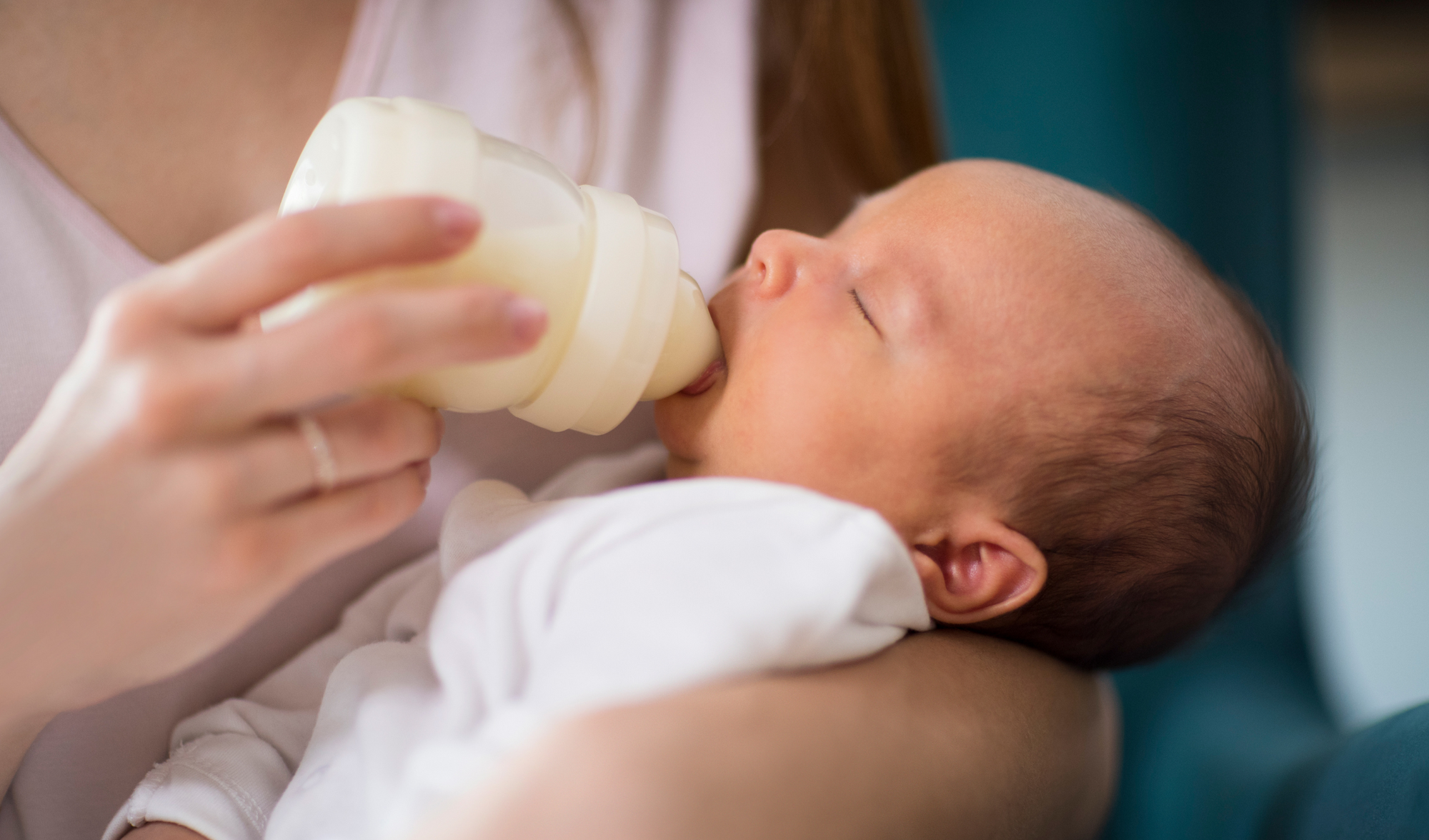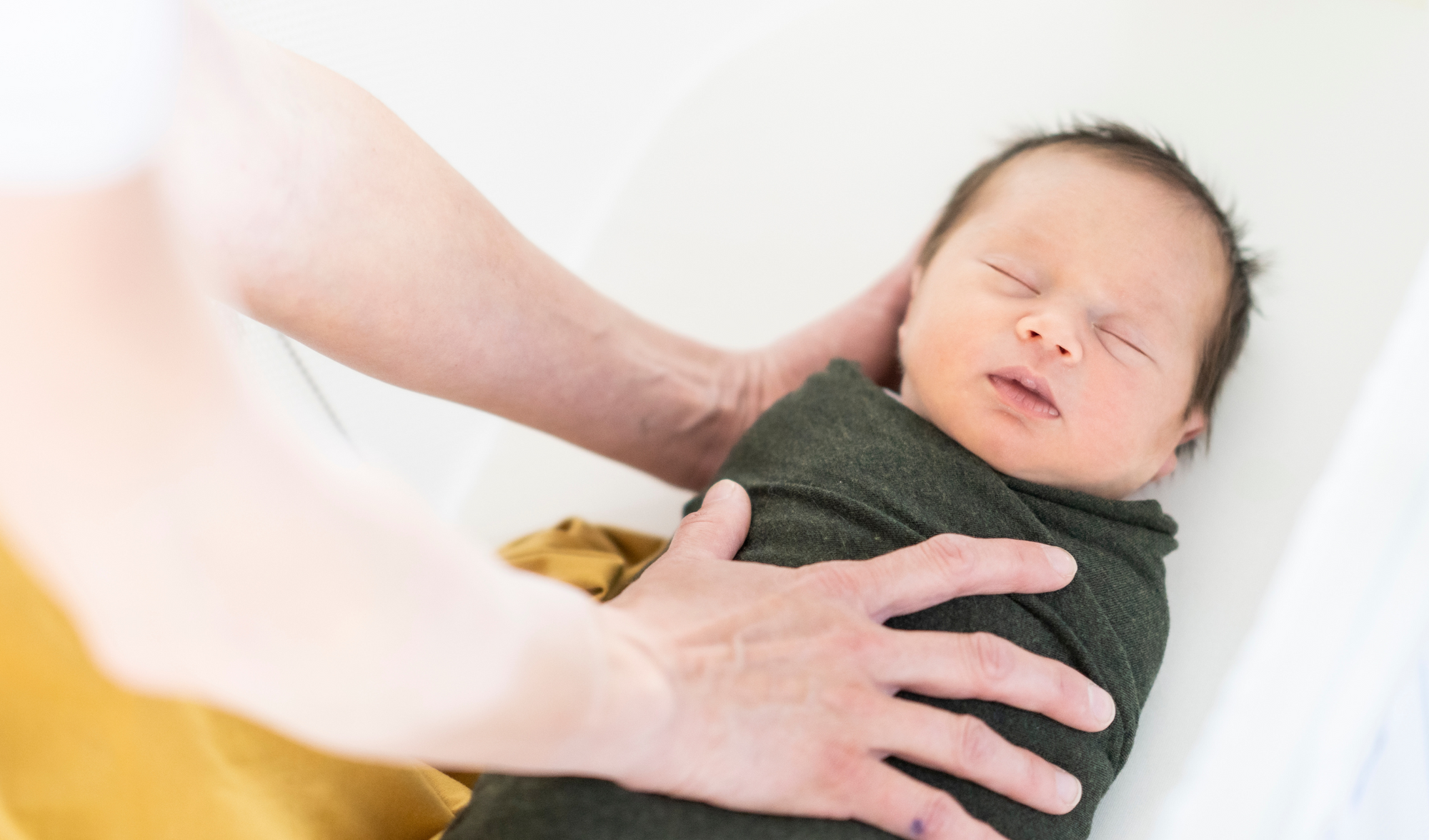“People who say they sleep like a baby, usually don’t have one.” Leo j Burke
How often do we as parents think we are over reacting to the different needs and changes of our baby at varying stages of its development? Raising a child is one of the most difficult jobs and therefore it is important that support is available for parents so they can achieve real solutions knowing they are doing the very best they can.
Any parent would welcome the relief of figuring out the signs that their baby is in pain, and not fussy. If your baby seems ill, look for some real ways to identify if your baby is actually in pain.
Crying
A very obvious behavioural trait that an infant will give when they are hurting. Your baby’s cry may be more intense, last longer than usual and be higher pitched. Crying episodes that are intense and lengthy, particularly after feeds, can be signs of colic or infant reflux. It is important to note that on the other hand, your baby may not have the energy to cry, so may be quiet even though they are in pain.
Not Hungry
Babies refuse food for many reasons. Perhaps they’re full up or tired or sick. Babies will always eat if they are hungry so if your baby is refusing to eat, it is telling you something.
Change in Sleep Pattern
Keep a close eye on your baby’s sleep pattern. If your baby has suddenly gone from sleeping consistently and is now waking, there may be a problem.
Scrunching Up
Babies scrunching up their knees can be a sign of digestive discomfort such as colic. Suffering from colic is a common occurrence that can affect an entire family. Parents are sleep deprived, making the simplest of tasks difficult to perform and other siblings can become cranky or upset themselves due to a lack of understanding of the constant crying.
Too rigid
Babies are not stiff and rigid by nature, unless they tense up their muscles quickly due to pain or emotional turmoil. When a baby does not seem as relaxed as it should be, it can be a sign that something is wrong.
Ear Infections
If your baby cries more than is normal and tugs at their ear, they may have an ear infection. Statistics show that up to 80% of children will have one by the age of 4. Ear infections often follow a cold and sometimes cause a high temperature but other symptoms can include difficulties feeding, disruption in sleep and a cough. Find out more about baby ear infections here.
Facial expression
The experience of pain is often represented by changes in facial expression. Face to face interaction between a child and its parent occurs from the very onset so these changes can provide vital cues to detect if your baby is in pain.
But, what are you to do if your baby simply won't settle?
You are better to be safe than sorry and thus contact a doctor to have your baby checked over to ensure your little one is not sick.
Your doctor will likely ask some questions like:
- Is your baby vomiting
- Has there been a change in their stool
- Is the cry high pitched and unike their usual sound
- Is your baby moaning and groaning and irritable
- Is your baby eating
- Has your baby got an abnormal temperature
- Is your little one lethargic
- Have there been a change in weight
You know your baby and if you think you need to contact a doctor then don't delay.


